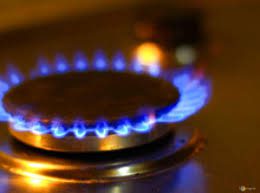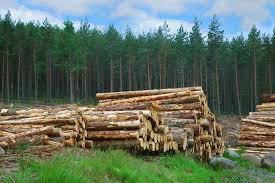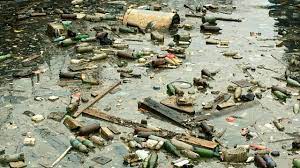Conventional Sewage Treatment Guide
The conventional sewage treatment method attempts to maintain acceptable BOD before it is discharged into the water body. A combination of physical unit operations and chemical and biological processes are used.
In this, the forces that favor self-purification are purposefully intensified to get the desired treatment in short time and space. Major steps in the conventional sewage treatment are primary, secondary and tertiary or advanced treatment as presented in the figure below.
Primary treatment is a physical operation that separates large debris followed by sedimentation to settle big suspended solids. 20-30% BOD that is present in the particulate form is removed.
Raw sewage passes through a metal grating that removes large debris such as branches, tyres etc. A moving screen filters small items like bottles etc., after which a grit tank is provided where the sewage is kept for some time for sand and gravel to settle out.
The waste then is pumped into primary settling or sedimentation tank. If dissolved solids are less, large chunk of BOD is removed with settled sludge in the sedimentation tank. Pathogens adsorbed to solids are removed. The effluent of primary treatment is called settled sewage.
Secondary treatment comprises the biological treatment in which remaining suspended and dissolved organic material along with about 90-95% BOD and pathogens are removed. The settled sewage is pumped into either trickling filter or activated sludge process for biological treatment.
Read Also: Principles of Applied Microbiology

Tertiary treatment comprises of a series of additional steps after secondary treatment to further reduce organics, turbidity, nitrogen, phosphorus, metals and pathogen.
Mostly some type of physicochemical or biological treatment such as coagulation, filtration, activated carbon, adsorption of organics, nutrient removal and disinfection is required.
The tertiary treatment is done for additional protection of wildlife after discharge in rivers, lakes etc. or when the water is to be reused.
Table: Some Tertiary Treatment Processes
| S/N | Process | Purpose |
| 1. | Disinfection | Final step in sewage treatment designed to kill entero-pathogens |
| 2. | Suspended solid removal | Micro-screens, sand, anthracite or diatomaceous earth filters employed. Coagulation with alum, poly-electrolytes, lime and other chemicals aids the removal. |
| 3. | Taste and odour removal | Activated carbons are widely used. Solutes are adsorbed onto the carbon by means of strong Van der Waals forces. |
| 4. | Ion removal | Ion exchange used wherein ions that are held to functional groups on the surface of a solid by electrostatic forces are exchanged for ions of different species in solution and complete demineralization is achieved. |
| 5. | Nutrient removal | Removal of nitrogen and phosphorus done biologically. |
The above processes involve so much when treated in full but for this unit an abridged form given as above will suffice as their details will form subsequent units. All the processes involved in them are classical show of the principles of applied microbiology.
This is because apart from the preliminary stage of the primary treatment, which deals with the macroscopic elements like branches of trees, tyres, polythene materials, etc. and removes them from the content, other contents and their treatment are dealt with almost microscopically. The only thing needed of you now is patience for the units as they come.
Read Also: Characterization and Composition of Sewage
Read Also: 18 Medicinal Health Benefits Of Maidenhair Tree (Ginkgo Biloba)



